
In the long-standing debate on whether the insights of statistical thermodynamics could apply to non-equilibrium systems, a key unsolved problem is whether it is useful to postulate an emergent effective temperature. Recently, graduate student Ming Han and Prof. Erik Luijten, in collaboration with Dr. Jing Yan and Prof. Steve Granick from UIUC, found a non-equilibrium system composed of driven Janus colloids that quantitatively behaves like an equilibrium system, with the effective temperature governing both kinetics and phase behavior. This work, published in PNAS, could lead to a set of rules that makes it possible to predict the properties of non-equilibrium systems, which experience constant changes in energy and are required for all forms of life.
Read more >
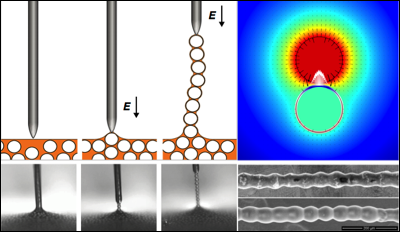
One-dimensional conductive particle assembly holds promise for a variety of practical applications, in particular for a new generation of electronic devices. However, synthesis of such chains with programmable shapes outside a liquid environment has proven difficult. Recently, graduate student Ming Han and Prof. Erik Luijten, in collaboration with researchers from Adam Mickiewicz University in Poland, have developed a way to simply ‘pull’ flexible granular and colloidal chains out of a dispersion by combining field-directed assembly and capillary effects. This work, published in Nature Communications, provides a convenient approach to produce printable 1D materials that are potentially applicable to the manufacturing of simple electronic circuits.
Read more >
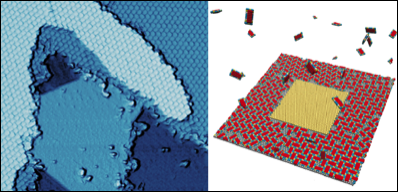
Created in December 2015, borophene is a two-dimensional, metallic sheet of boron, which holds promise for possible applications ranging from electronics to photovoltaics. For technological applications, it will require integrations of borophene with other materials. Prof. Mark Hersam’s team discovered that electronically abrupt lateral heterostructures spontaneously form upon deposition of PTCDA onto submonolayer borophene on Ag(111) substrates. The structure formation is a result of the higher adsorption enthalpy of PTCDA on Ag(111) and lateral hydrogen bonding among PTCDA molecules, as demonstrated by molecular dynamics simulations performed by Zonghui Wei and Prof. Erik Luijten. This work, published in Science Advances, represents an important step forward for emerging efforts in borophene-based heterostructures.
Read more >
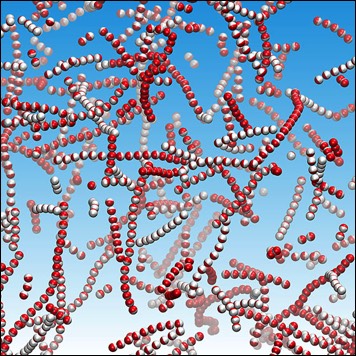
From swarming bees to clustering bacteria colonies, nature stuns with its ability to self organize and perform collective, dynamic behaviors. Recently, graduate student Ming Han and Prof. Erik Luijten, together with researchers from UIUC, have found a way to mimic these behaviors in active materials on the microscale — by varying just a single parameter. This work, published in Nature Materials, demonstrates the possibility of combining conventional colloidal interactions with a self-propulsion scheme, providing new insights into phase transitions of active matter and potential applications for reconfigurable microbotics.
Read more >

Graduate student Homayoon Maghsoodi and Prof. Erik Luijten have demonstrated that the dynamics and chaotic properties of granular avalanches in a slowly rotating drum are highly correlated. Published in the July 2016 issue of Revista Cubana de Física, their study is part of a broader effort, in collaboration with Prof. Jie Zhang at Shanghai Jiao Tong University, to understand the relationship between chaos and jamming/unjamming in granular systems. This understanding could provide ways to determine more efficient protocols for mixing of various materials (e.g., in pharmaceuticals, construction, or food industries), or to predict devastating events such as landslides, avalanches, and earthquakes.
Read more >

Through a combined experimental and computational approach, Zonghui Wei and Prof. Erik Luijten, together with the research group of Prof. Hai-Quan Mao, have demonstrated that shape control of micellar DNA nanoparticles can be achieved through the use of graft copolymers that are easier to synthesize and provide a wider range of parameters for morphology control than other condensing agents. The study, published in ACS Biomaterials Science & Engineering, offers important opportunities for the facile and large-scale synthesis of biocompatible gene-delivery vectors with well-controlled shape and tunable transfection properties.
Read more >
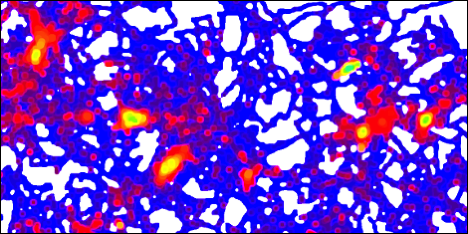
Bacteria on a surface wander around and often organize into highly resilient communities known as biofilms. It turns out that they organize in a rich-get-richer pattern similar to the distribution of wealth in the U.S. economy, according to a new study by researchers at UCLA, Northwestern University, and the University of Washington.
The study, published in the May 16 issue of the journal Nature, is the first to identify the strategy by which bacteria form the microcolonies that become biofilms, which can cause lethal infections. The research may have significant implications for battling stubborn bacterial infections that do not respond to antibiotics.
Read more >
MRS highlights micelle research by CSML
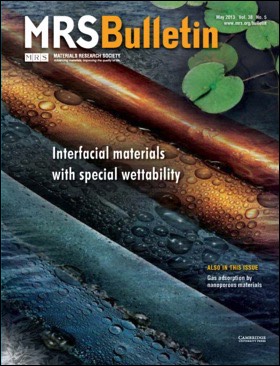
The May, 2013 issue of the Materials Research Society's Bulletin highlighted Wei Qu's collaborative research, previously published on the cover of Advanced Materials, in the Bio Focus section.
Read the Bio Focus article >

Micellar nanoparticles are created by Wei Qu, Prof. Hai-Quan Mao, Prof. Erik Luijten, and co-workers through complexation of plasmid DNA (green) and block copolymers (blue/brown). Variation of solvent polarity allows systematic control over the micelle shape (modeling images are shown in the foreground of the image and transmission electron microscopy images in the background) without changing their chemical composition, paving the way for targeted gene delivery.
Read more >

Read more >

Listen to the podcast >
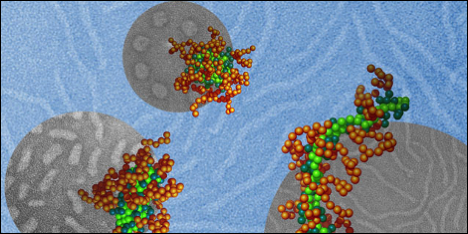
Read more >
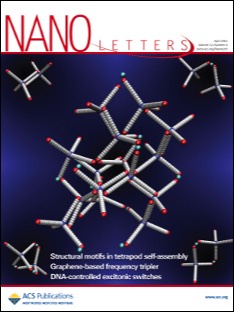
Read more >

